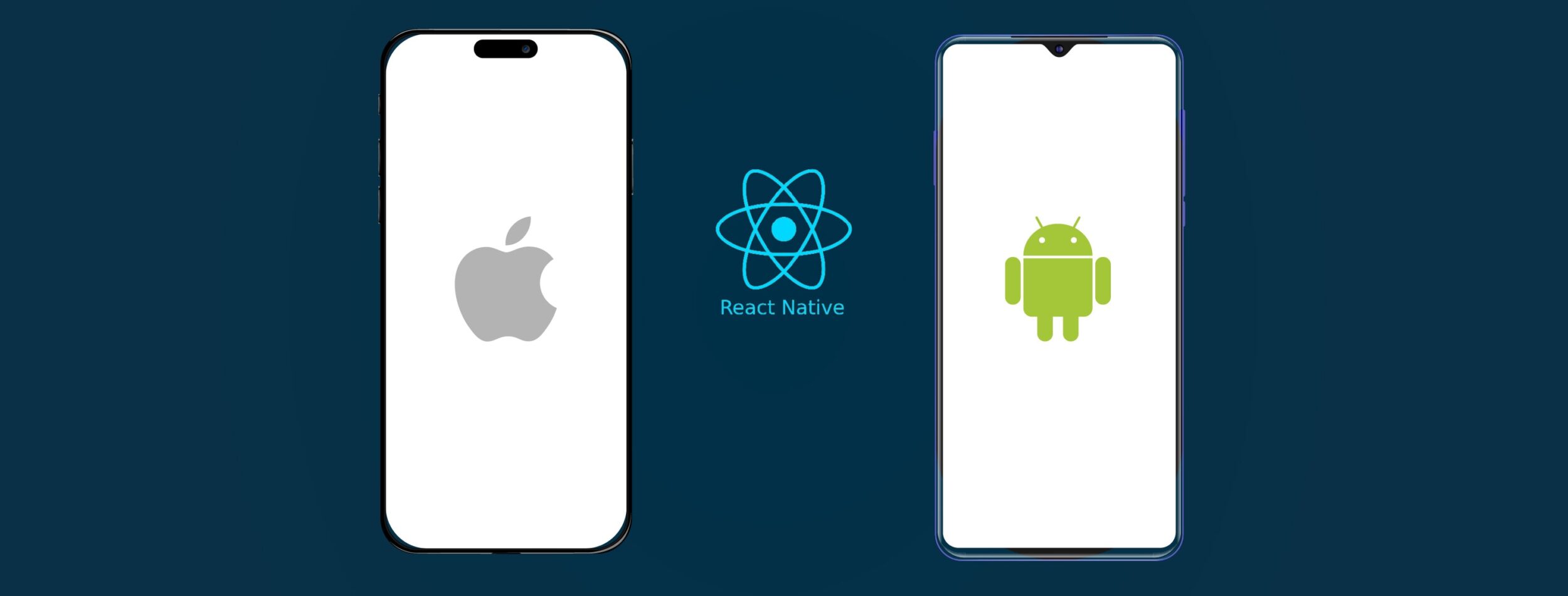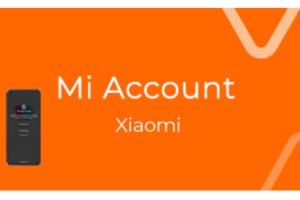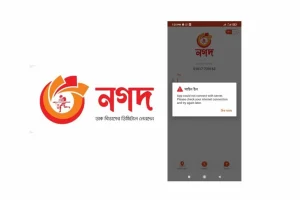In today’s mobile-first world, it’s essential for developers to build apps for both major platforms – iOS and Android. While each operating system has its devotees, maximizing your reach requires serving both sets of users. But embarking on simultaneous development across platforms brings key strategic choices.
Native vs. Cross-Platform: Weighing the Trade-Offs
The first major fork in the road is choosing between native and cross-platform approaches:
Native App Development
Pros:
- Delivers best performance, UX, and access to platform-specific features
Cons:
- Requires separate iOS and Android codebases, increasing development time and costs
Cross-Platform App Development
Pros:
- Saves time and money by sharing one codebase across platforms
- Reaches broader audience faster
Cons:
- Can compromise performance and native feature access
- Might require platform-specific adjustments
Choosing the Right Approach
Consider these key factors when deciding on native vs. cross-platform:
- App complexity – simple apps can thrive with cross-platform, while complex ones benefit more from native builds
- Budget – native requires more resources, while cross-platform is cost-effective
- Target audience – consider which OS dominates amongst your target users
- Performance needs – if high performance is critical, native might be best

Cross-Platform Frameworks
If pursuing the cross-platform route, several popular frameworks exist:
React Native
Uses JavaScript. Known for large open source community and extensive libraries.
Flutter
Google’s cross-platform SDK. Known for rapid development cycles and beautiful UIs.
Xamarin
Leverages C#. Popular for integration with .NET ecosystem and Visual Studio.
Ionic
Uses web technologies like HTML, CSS and JavaScript. Good for quick prototyping.
Key Differences Between Frameworks
Each cross-platform framework has unique strengths and weaknesses:
- React Native – Very flexible but can face performance issues with complex animations
- Flutter – Delivers high performance but has steeper learning curve for developers new to Dart
- Xamarin – Integrates seamlessly with existing .NET codebases but can be slower than alternatives
- Ionic – Enables very rapid prototyping but end result may feel less native
Crafting a Winning Multi-Platform Strategy
Regardless of your chosen approach, these practices set you up for success:
- Plan and design for both platforms – Start with detailed platform-agnostic user stories and wireframes
- Maximize code reuse – Share as much code as possible while accounting for platform differences
- Custom native UI/UX – Build platform-specific interfaces for true native look and feel
- Leverage native APIs – Utilize native SDKs and APIs where required
- Test rigorously on both OSes – Ensure smooth performance across wide array of devices
Beyond Development: Go-To-Market Essentials
For success after launch, focus on:
- App Store Optimization (ASO) – Tailor keyword-optimized app store listings for both platforms
- Automated CI/CD pipelines – Streamline build, test and release processes for faster iterations
- In-depth analytics – Track user behavior and metrics on both iOS and Android to guide decisions
The path to building for both major mobile platforms is challenging but rewarding. By understanding trade-offs, leveraging the right tools, and carefully crafting a multi-OS strategy, you can maximize reach while delivering seamless, idiomatic experiences to users on both iOS and Android.
















Add Comment